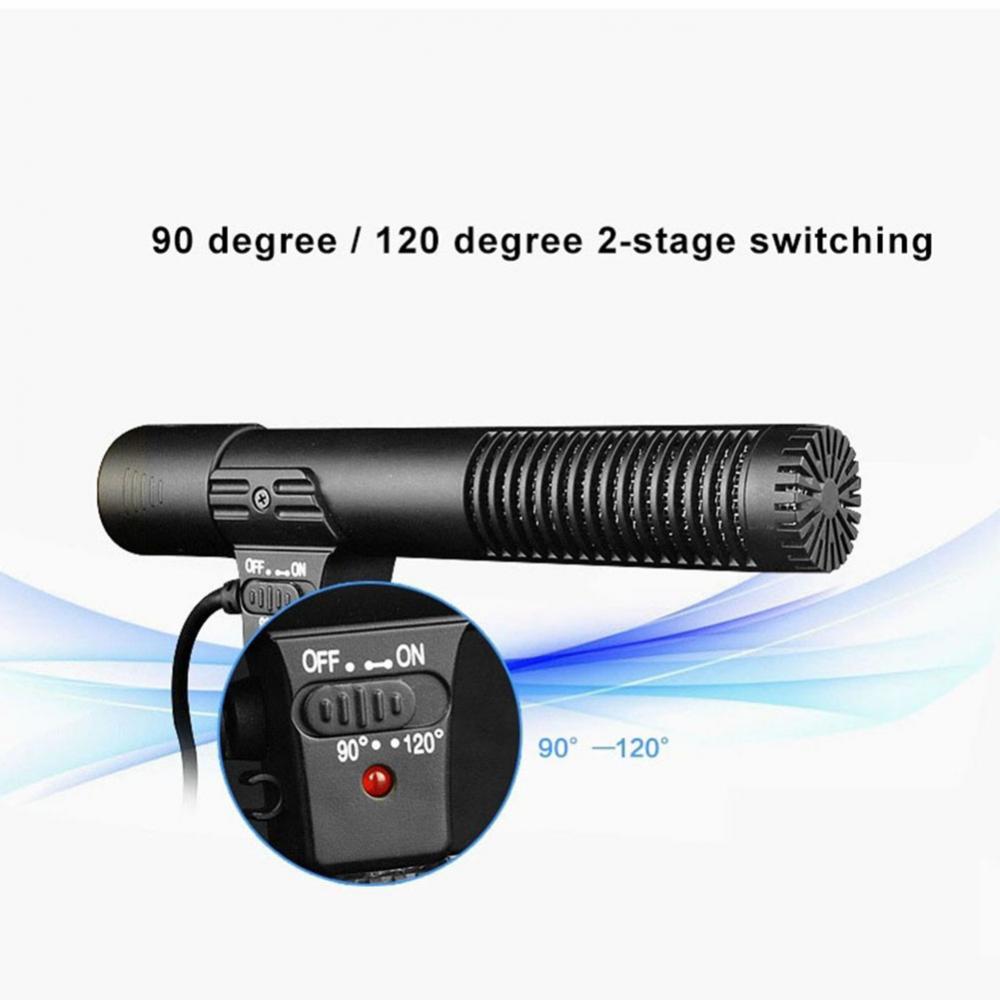
- #Universal audio plugins not on both computers install#
- #Universal audio plugins not on both computers serial#
This method works in this situation because the problem occurs only if the device-specific driver replaces the default driver after the device is connected. Windows now selects the device-specific driver instead of the default USB audio 2.0 driver. You can do this by using the appropriate installer for the device.
#Universal audio plugins not on both computers install#
If the device is not yet connected, install the device-specific driver first. The problem may not occur if the device is connected to a different USB port. Method 2Ĭonnect the device to a different USB port. In step 2, don't select the Delete the driver software for this device check box. Select and hold (or double-click) the name of the device, and then select Uninstall. This is particularly significant in the case of the x8p, with its eight Unisonenabled mic preamps some of UA’s Unison plugins are so resourceintensive that using them across all eight preamps would pretty much max out the Quad version, but you can now have eight emulated Neve 1073s running alongside other plugins.Yes, it’s the most affordable Apollo in the range, but it also appears to be pretty much identical to the pre-existing Arrow interface. To fix this problem, use one of the following methods. A new Universal Audio Apollo audio interface is always a bit of an event, but the announcement of the Solo version isn’t quite what it might at first seem. Because the new driver does not support the WaveRT port, the system cannot access the driver. Therefore, the operating system assumes that the new driver also supports the WaveRT port. When the device-specific driver replaces the default driver, the device interface that is created by usbaudio2.sys is still used because the reference strings overlap. However, both drivers use the "wave" reference string when the device interface is registered. This "audio not playing" problem occurs because the default USB audio 2.0 driver (usbaudio2.sys) uses the WaveRT port for operation but the device-specific driver does not. Both the Windows Audio and the Windows Audio End Point Builder services must be running for audio to work correctly. When you select the icon, you receive the following message:Īudio services not responding.

The speaker icon on the task bar is marked with an X mark. In this scenario, the device cannot be used, and the computer does not have sound.

If after updating your products to the latest version, some or all plugins do not load in your host application, follow these steps to resolve the issue.
#Universal audio plugins not on both computers serial#


 0 kommentar(er)
0 kommentar(er)
